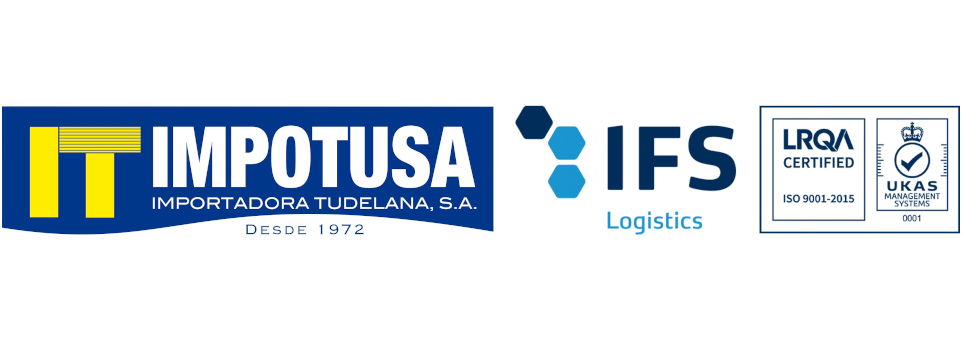- News
- 16736 views
Just like clothing, gloves or head protection, it is essential to always wear appropriate safety footwear at work that protects your feet from potential risks in the work environment.
Depending on the business sector, a series of standards must be taken into account that regulate the optimal use of protective footwear . We explain everything you need to know about the standards for safety footwear .
Standards for footwear
of security
The protective footwear regulations establish the characteristics, minimum requirements and test methods for each type of footwear, whether or not it is personal protective equipment (PPE).
The purpose is to regulate this equipment so that each footwear meets minimum safety standards. It is the responsibility of employers and manufacturers to have knowledge of the regulations, but it is also very important that employees know them.
EN ISO 20345 is the standard that regulates safety footwear for personal use throughout the European Union. This regulation is classified into two classes:
CLASS 1
SB – Safety footwear with toe cap resistant to an impact of 200 J.
S1 – SB + closed heel area and heel energy absorption capacity,
antistatic properties and resistance to hydrocarbons.
S2 – S1 + penetration and absorption of water in the upper area.
S3 – S2 + sole puncture resistance.
CLASS 2
S4 – S3 + closed heel area with heel energy absorption capacity,
antistatic properties and resistance to hydrocarbons.
S5 – S4 + insole with puncture resistance of the sole and sole with ridges.
Within the safety footwear regulations there are some more specific regulations depending on the profession:
- EN ISO 20349 – Personal protective equipment. Protective footwear against thermal hazards and molten metal splashes such as those found in foundries and welding. Requirements and test methods.
- EN ISO 15090 – Footwear for firefighters.
- EN ISO 50321 – Electrically insulated footwear or low voltage insulating footwear.
- EN ISO 17249 – Safety footwear resistant to cutting by chain saw.
- EN 13832 – Protective footwear against chemicals. Requirements for limited contact with chemicals.
In this section we will analyze the different types of safety footwear that exist:
General purpose safety footwear
It is used by workers who perform tasks in areas where there is no risk of suffering impacts, such as office work.
JOKER 2 S1P SRC BLACK BOOT
Footwear for the healthcare sector
Those that have a non-slip sole and an ergonomic and antibacterial insole are recommended.
WHITE CLOGS WITH MAGNUS TOE
WHITE CLOG PALMA 01+ SRC
BLACK CLOG PALMA 01+ SRC
NIZZA S2 SMOOTH WHITE CLOG
CLOUD 4M LIGHT WHITE CLOGS
Footwear with anti-perforation toe or sole
In factories or in the construction sector, it is ideal to use this type of footwear to avoid blows.
GRAY LEATHER BOOTS LEO FAL
ARIES FAL GRAY LEATHER BOOTS
BROWN FOREST NUBUK FAL BOOT
Footwear with a special insole or antistatic sole
To avoid electrical accidents, shoes with a special insole or antistatic sole are recommended to avoid electric shocks.
Safety footwear is intended to protect workers' feet from impacts, injuries or possible risks in the work environment. To choose the most appropriate protective footwear, you must know what your work needs are and what level of protection each type of footwear has.
At Impotusa we have the protective and safety footwear that best suits each need, in addition to all the work protection clothing you need. Contact us .



































